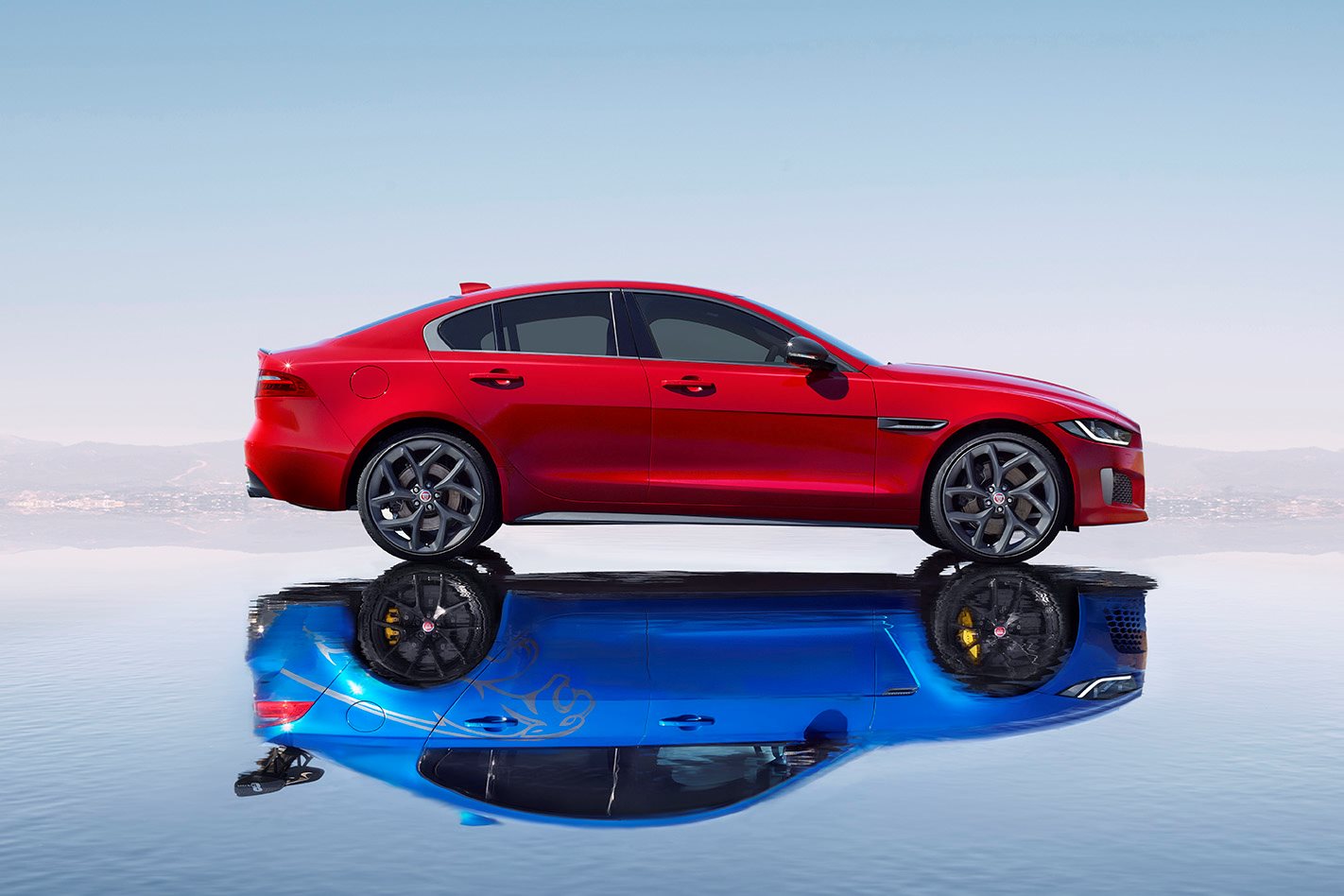
When Jaguar launched its facelifted XE sedan range earlier this month, there was an almost total absence of mechanical changes. Well, actually, there was one thing: you could no longer opt for a powertrain bigger than four cylinders in the regular XE road car.
The highly exclusive (and incredibly expensive) V8-toting Jaguar XE SV Project 8 doesn’t count.
Okay, so subtracting an engine may not technically count as a mechanical change per se, but the trimming down of the XE’s engine lineup means there’s now a sizable gulf between the new range-topping road car, the Jaguar XE P300 R-Dynamic HSE, and the $325K+ XE Project 8 (shown below) – which you can’t legally drive on the road in Australia anyway.
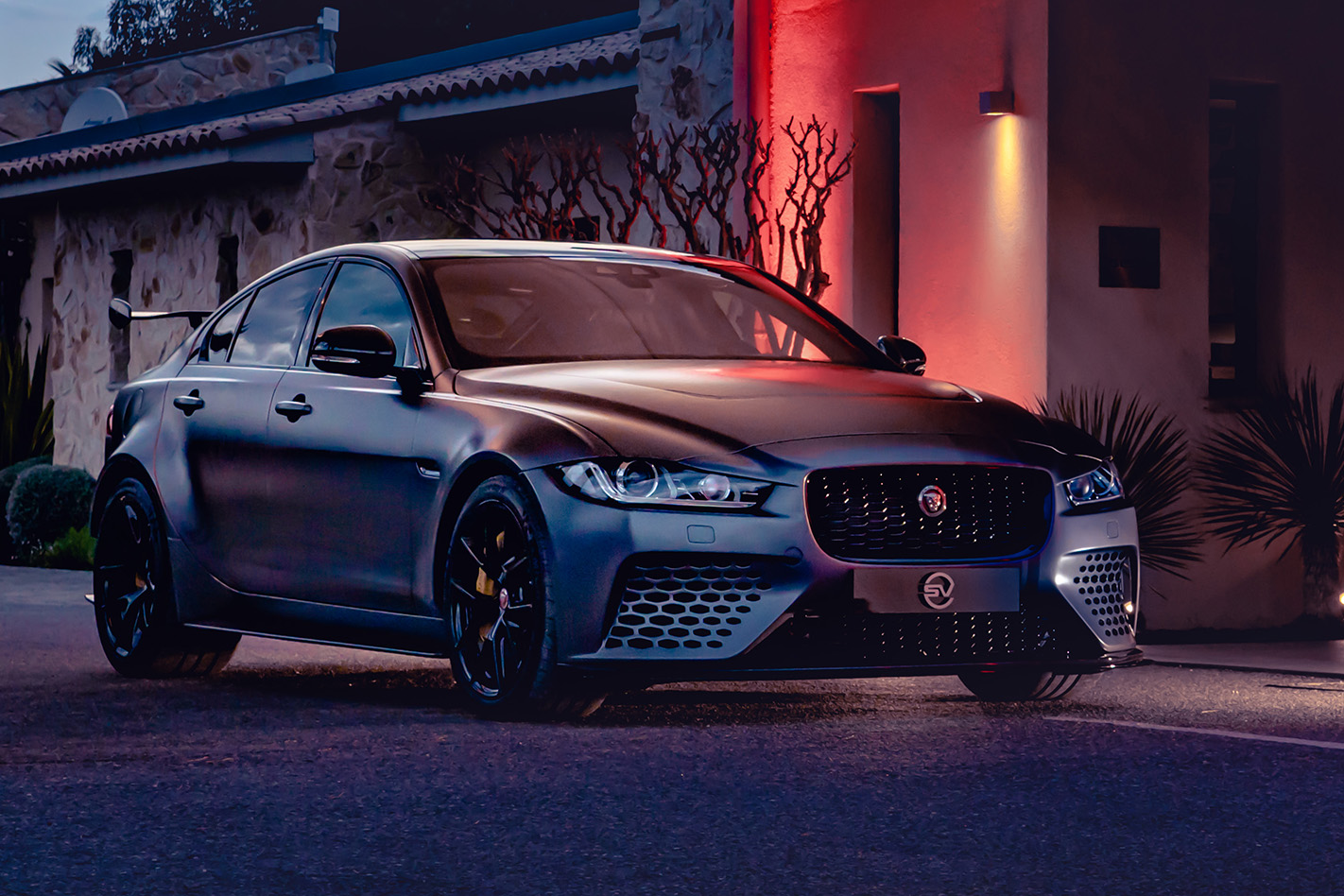
And it’s going to stay like that for the foreseeable. While German and Japanese rivals have either retained or expanded their six-cylinder options in the mid-size premium segment, Jaguar is content to leave that corner of the market alone for now.
An XE SVR, or even a more sensible mid-strength option using the newly-developed Ingenium inline-six, is not on the cards.
And according to Xuan-Zheng Goh, product manager for the XE, market forces have a lot to do with that. With the meatiest part of the midsize market being concentrated on four-cylinder models, Jaguar will aim to boost its volume where the buyers are first before it considers a foray into hotter, bigger-engined models.
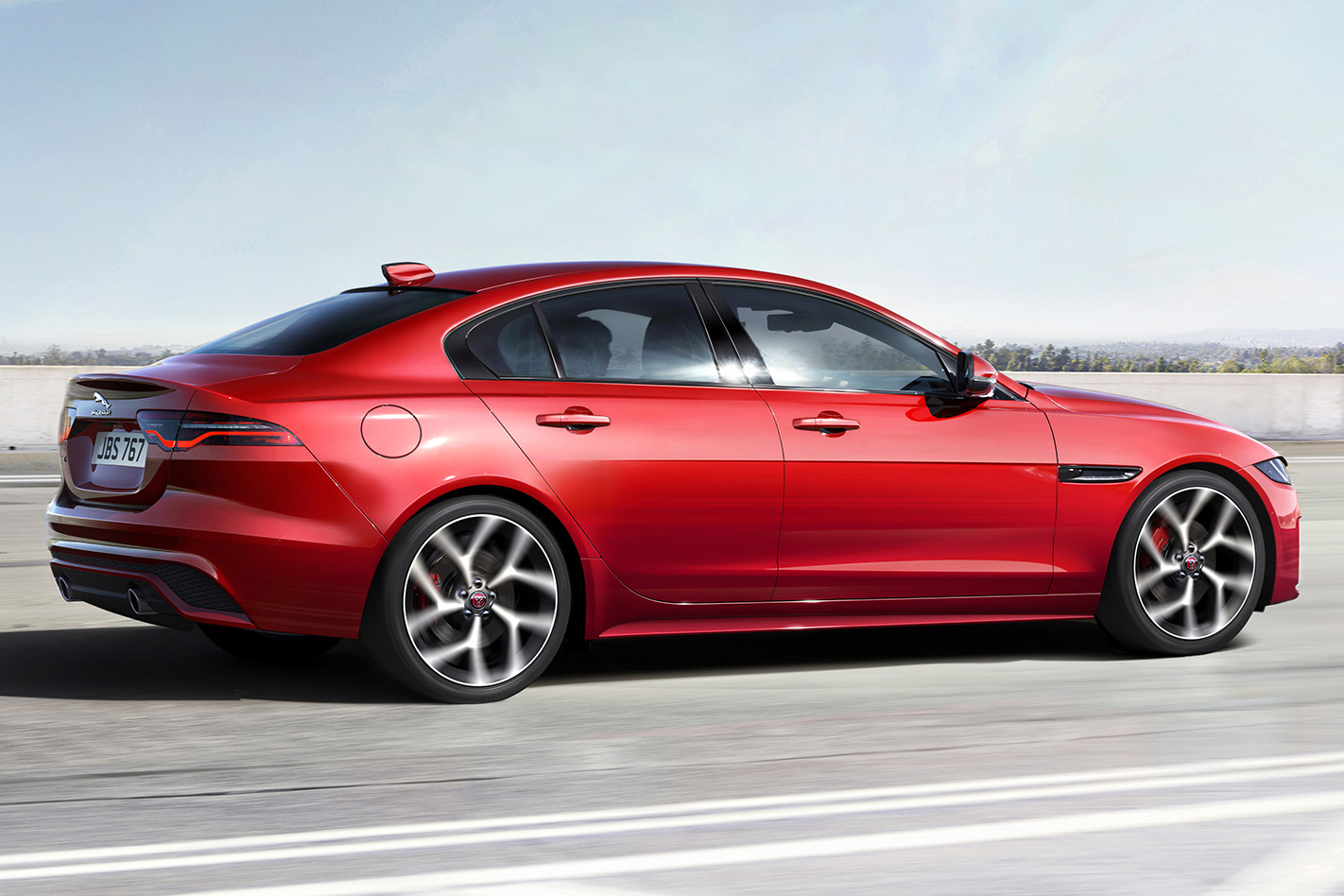
“We’ll look at opportunities in the future, but at the moment we’re focused on the majority of the market.” Goh said to WhichCar at the 2019 Jaguar XE’s international launch in France. “With the [four-cylinder] powertrain lineup that we’ve got we’re confident that we’ve covered that market.
“If there’s a particularly strong market request we’d examine these things and other opportunities, but so far we’ve found the overall mix of six cylinders globally is diminishing and we’re confident that the P300 powertrain is more than a match for some of the competitors.”
“Project 8 shows what this car is capable of and what the nameplate is capable of, but at this time there’s no plan for something that bridges that gap. We’re focused on trying to make sure the core vehicle is acceptable.”
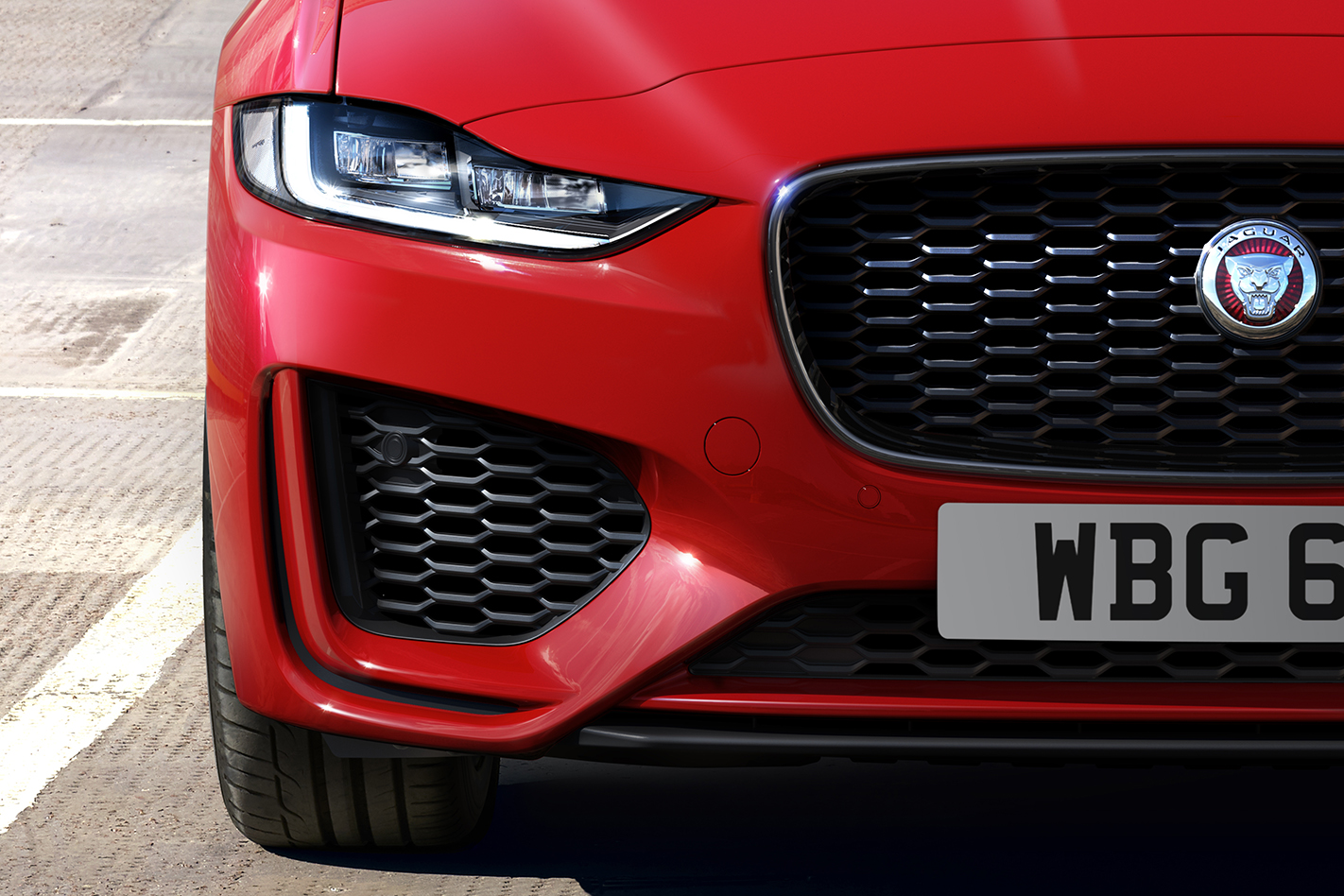
But if you were hoping that a hotter XE would follow once that core requirement was satisfied, the Project 8 holds a clue as to why that probably won’t be the case. The Project 8, as bewilderingly fast as it is, is a highly bespoke creation, hand-built around heavily modified XE underpinnings because there’s simply no way to jam that 5.0-litre supercharged V8 into a standard XE’s body-in-white.
And it all comes down to the firewall. On the Project 8, it’s been modified to allow the engine, its exhaust manifolds and bellhousing to actually fit between the radiator and cabin. V8s are generally not all that much longer than the average four-cylinder, but the standard XE’s engine bay is surprisingly confined.
Below is what the Project 8’s engine looks like when installed – there’s really not a lot of wriggle room.
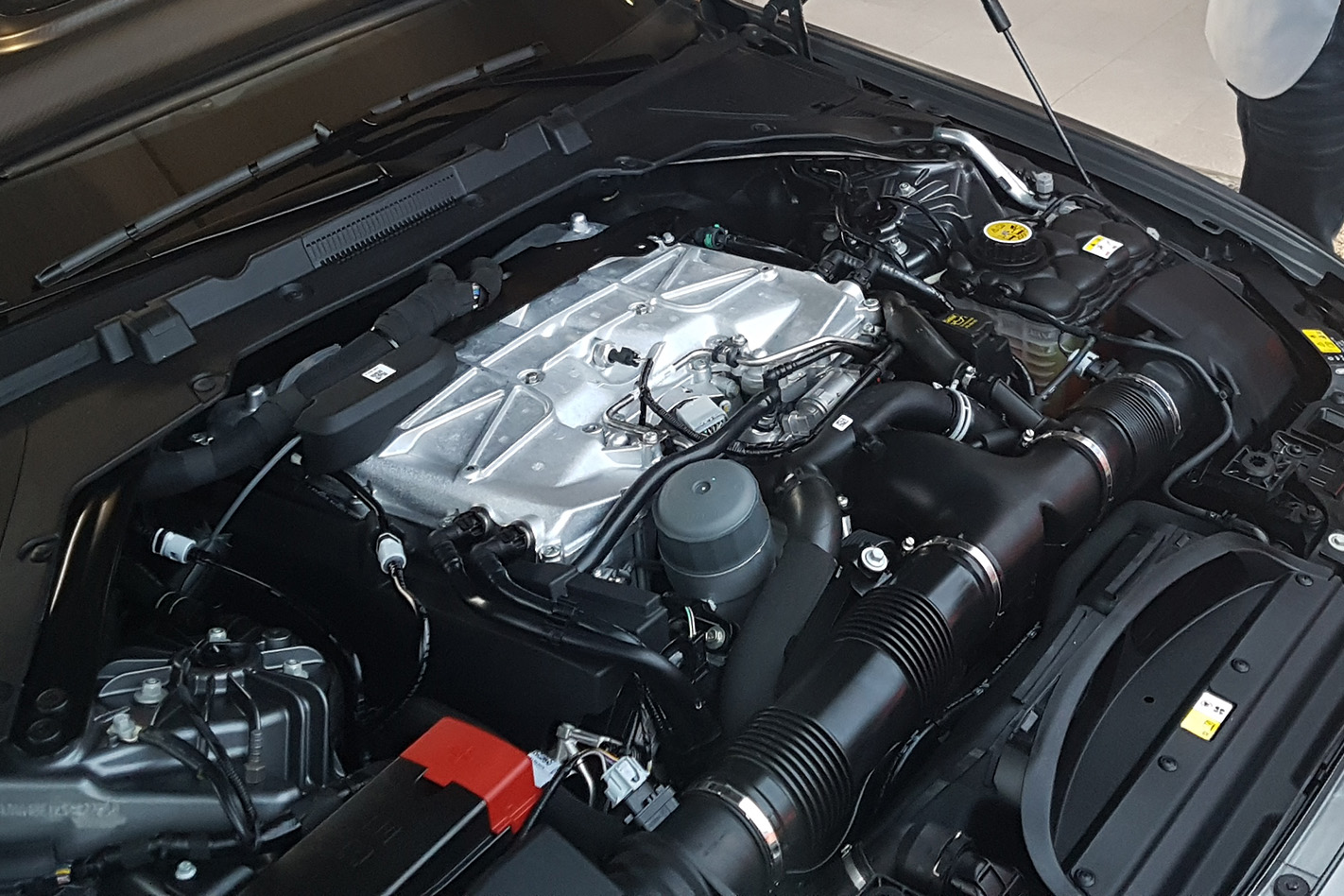
“So what?” you say. “Jaguar has already put a six-cylinder in the XE before, why not just turn up the wick on that one?”. A valid point, but like we said earlier that 3.0-litre supercharged V6 hasn’t made it into the facelifted XE, leaving the P300-spec 221kW 2.0-litre turbo four-cylinder as the most powerful engine in the range.
Why was it deleted from the lineup? We don’t know, but it might have something to do with Jaguar tooling up for its all-new Ingenium inline six (below), a more modern turbo engine that shares its basic architecture with the P300’s four-pot.
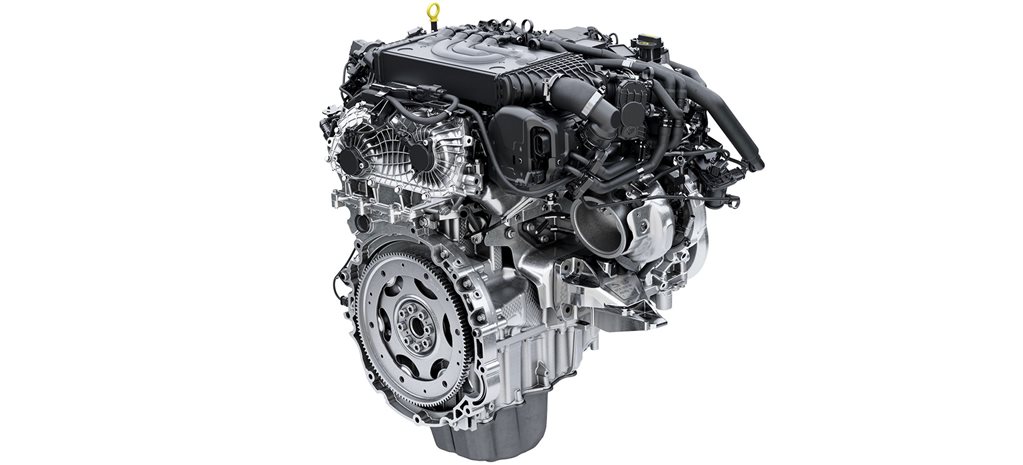
The only problem is it’s even longer than the Project 8’s V8 and it’s taller, too – shoehorning it into a regular XE engine bay while keeping adequate clearance to the firewall, radiator and bonnet seems like it’d be physically impossible.
And that’s a shame, because right now the 3.0-litre Ingenium inline six produces as much as 294kW and 550Nm in mild-hybrid form, a handy increase over the old supercharged V6’s 280kW and 450Nm.
Dropping that kind of mechanical muscle into a fine-handling sedan like the XE would no doubt create a potent rival for the likes of the Mercedes-AMG C43, BMW M340i and Audi S4.
Yet while it’s unlikely that the regular XE range will receive anything more potent than the P300-spec four-cylinder, with the XE now more than halfway through its lifecycle the door remains open for its successor to return to six-cylinder motivation.
Provided Jaguar builds it with a longer engine bay, that is.



